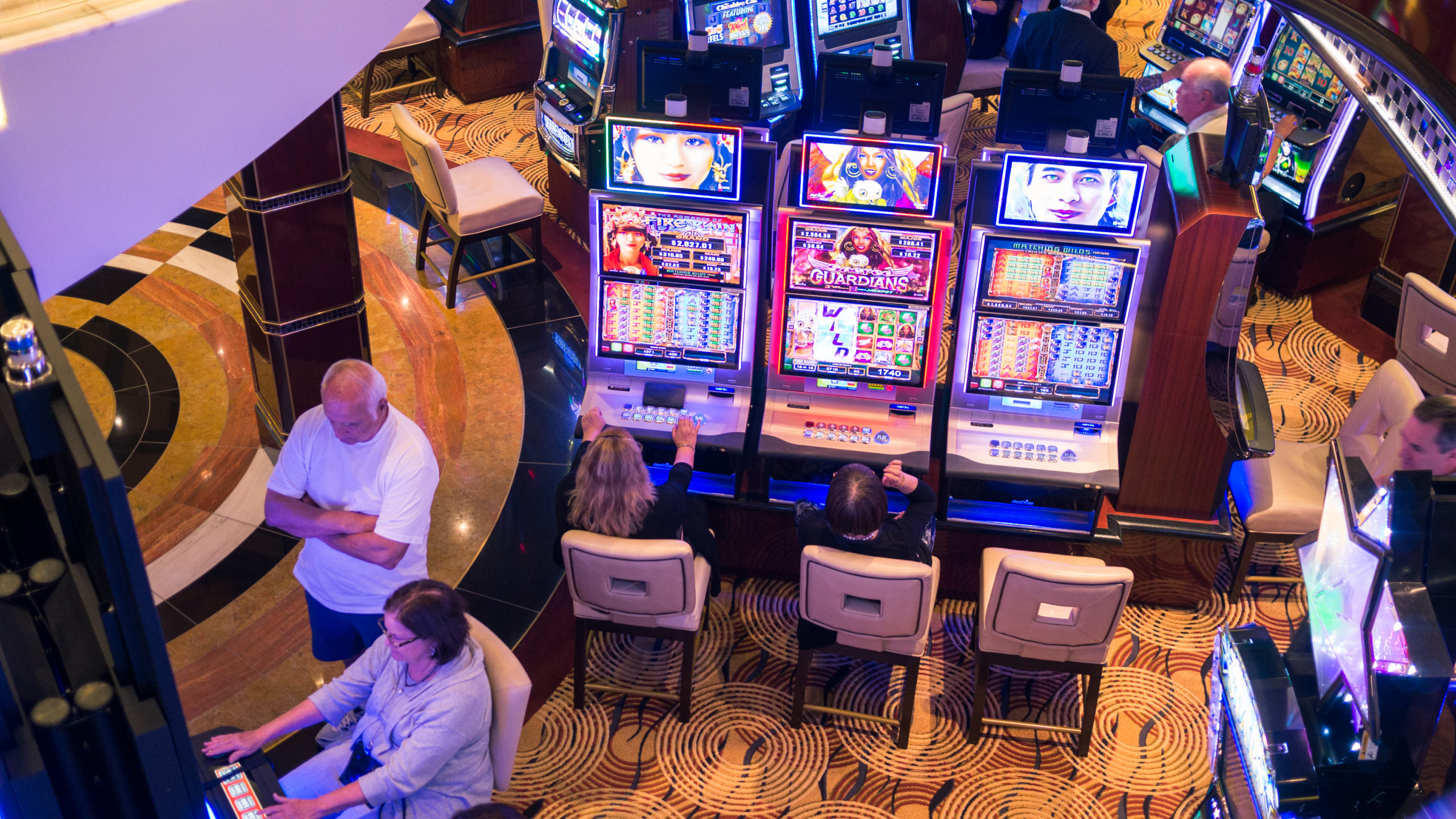Regarding casino slots games, players frequently get drawn in by the bright lights, exciting themes, and the adrenaline of the reel spins. But beneath the glitz and fascination lies an essential concept that all players must grasp: Return to Player, or RTP. This vital metric is essential in influencing the return of your wagered money over time, influencing your gaming experience and strategy as you play.
RTP is usually expressed as a percentage and reflects the typical sum of money returned to players compared to the overall stakes. For instance, if a slot game has an RTP of 95%, it means that, on average, players can expect to get back $95 for every $100 they stake. Understanding this concept can assist players in making educated decisions when selecting slots to enjoy, ultimately enhancing their gaming experience at the casino.
What exactly the meaning of RTP?
The Return to Player concept, often called RTP, represents an important element in the field of gambling slots. It represents the fraction of all wagered money that a particular slot machine is designed to refund to players in the long run. For example, if a slot has an RTP of 95 percent, this means that, theoretically, players should anticipate to get back 95 dollars for each $100 wagered during extended play. Knowing RTP helps players analyze the potential gains of the various slots available.
RTP does not serve as a promise of individual wins but rather an average determined over many spins. Individual players’ experience can vary significantly due to the chance intrinsic in slot games. A greater RTP indicates superior odds for the player, making it a key consideration to take into account while selecting the slots to play. Still, even with high RTP, there can be periods in which players face losses, as luck plays a significant role.
It is important to note that different slots have different RTP percentages. Some machines may have a smaller RTP due to a significant entertainment or special features, while others keep a elevated percentage to attract more conservative players. Comprehending RTP enables players to form educated decisions about their gaming strategies and manage their funds effectively while relishing the thrill of casino slot games.
The Way Return to Player is Being Determined
A RTP, or Return to Player, represents a critical indicator within the world of casino slot machine titles. This denotes the percentage from total bet funds which a slot machine can be expected to pay back to players in the long run. Understanding the method by which this measurement is calculated demands insight of the dual aspects of the slot’s architecture as well as its reward system. This return value is calculated via complex algorithms as well as statistical analyses performed in the course of the game creation phase. Slot developers take into account various factors, which include the frequency of winning combinations as well as the amount of returns on every outcome.
To calculate this metric, developers model a vast number of rotations of the slot machine. These modeling efforts aid identify the average amount that on average, a gambler is likely to earn based on their wagers. For instance, if a machine has an average return of 95 percent, this means that, theoretically, among every $100 bet, gamblers can expect to receive ninety-five dollars in return over time. This figure doesn’t represent the amount a gambler might receive in a one play or during a couple of spins; instead, it reflects long-term return projections.
RTP values tend to be usually disclosed from the gaming house and slot creator. Players must always look for such data while selecting a casino slots, as it has the potential to affect their overall enjoyment. A greater RTP typically indicates a better chance to recoup a portion of wagered money, although specific sessions may differ greatly. Grasping this concept can help players to choose wisely and enhance their overall experience in the world of casino slots.
Significance of RTP in Gaming
Comprehending the RTP or RTP is crucial for any gamer involved in gambling on slots. Return to Player refers to the percentage of total bets that a game is set to return to gamers over the long run. A greater Return to Player shows that players can anticipate receiving a larger portion of their bets back, making it an important factor for those seeking to enhance their play experience. Knowing this number helps gamers make smart choices about which slots to play, as it can greatly influence their chances of winning.
Moreover, RTP plays a crucial role in the overall equity and transparency of casino slots. Players are often attracted to slots with higher RTP percentages because they provide a superior chance of winning over the long term. nhà cái kubet Gaming establishments and software creators use RTP as a selling point to draw in gamers, guaranteeing they maintain a competitive edge in the thriving gambling industry. By understanding of Return to Player, players can select games that match with their risk tolerance and gaming goals.
In conclusion, the idea of Return to Player promotes safe gambling behavior. By understanding that not all games will provide short-term winnings and that Return to Player is determined by extended play, players can regulate their expectations and playing habits effectively. This understanding enhances the enjoyment of slot games while promoting a more sustainable gambling landscape. Gamers who grasp the importance of Return to Player are more prone to have a more satisfying experience and lessen the risks of problematic gambling behavior.

